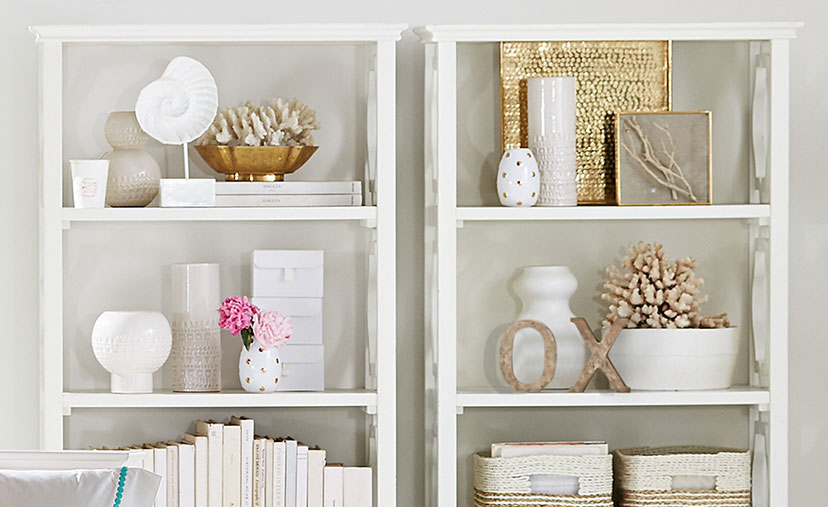
Choosing A Desk
Available space is one of the first things to consider when choosing your new desk for your room. You need to have enough space in the desk to store supplies within easy reach and enough leg room underneath it, but you also need to have ample space left to move around your study area after your desk is in place. For rooms with smaller footprints, dorms or spaces you share with siblings, a desk with shelving that rises up the wall can provide useful extra storage. A corner desk can also double the store space of a traditional desk while sliding neatly into a corner of your room.
Choosing A Desk Chair
Desk chairs are straight-backed, which helps you maintain proper posture. Wingback-style desk chairs are generally padded and have arms that curl around from the backrest for a sophisticated, traditional style. Others are artistic, low-profile pieces that you can easily tuck out of the way when you're finished studying. Look for a desk chair with adjustable heights so you can raise and lower it as needed to reduce back, shoulder and neck strain while you're studying. Choose from chair styles that suit your taste and complete the look of your room with coverings made of faux fur, cloth and vinyl that let you customize the space exactly to your tastes.

Study Accessories
Study accessories are the pieces you put on your desk that help you stay organized, like magazine and pencil holders and desk organizers. Almost every detail can add to the ergonomics of your study area; even having a desk lamp and pencil holder within easy reach is a smart move. The placement of your accessories affects the way you work within your environment, so keep that in mind when choosing smaller pieces too.
Accessories are available to match any decor scheme you can dream up, and if your desktop space is limited, look for organizers that hang on the wall to keep pencils and paper within reach but out of the way. Having a rolling desk chair on casters is a smart choice with these pieces because you can slide right over to them to grab what you need.
Use A Footstool
One easy way to relieve lower back strain when you're settling in for a longer study time is to prop your feet up on a footstool or ottoman. Choosing the right footstool is as easy as knowing where you plan to place it and how tall it needs to be. If you want to place it under your desk, for example, you want a more compact, fairly short footstool. If you want to use it in front of an armchair or lounge seating, a slightly larger ottoman that matches your other furniture can complete the look of the space while providing a way to elevate your foot and relieve back stress.

Add An Organizing System
Bookcases and shelves can form a big part of your ergonomic study system. Getting organized with Pottery Barn Teen furniture lets you create a system that fits your room, your lifestyle and your personality. Shelving systems can cover an entire wall, stretch from the floor to the ceiling while remaining narrow or can be about the size of a dresser, which is great if you don't have much space for a taller organizing system. Organizing systems can even be as simple as wall-mounted shelving units or deep baskets that slide into an open space under your desk.
Away-From-Desk Studying
Ergonomics is all about functionality, and sometimes that means finding a different work space that can spark some creativity. If you're occasionally more comfortable studying somewhere other than seated at a desk, you can still plan out an ergonomic study area that works for your preferences. Not everyone likes to sit at a desk when studying, so portable pieces, such as lap desks, can help you study comfortably when you're away from your traditional desk. A lap desk gives you a solid writing surface, and if you're using a computer or mobile device, it keeps the device cooler while protecting your legs.










